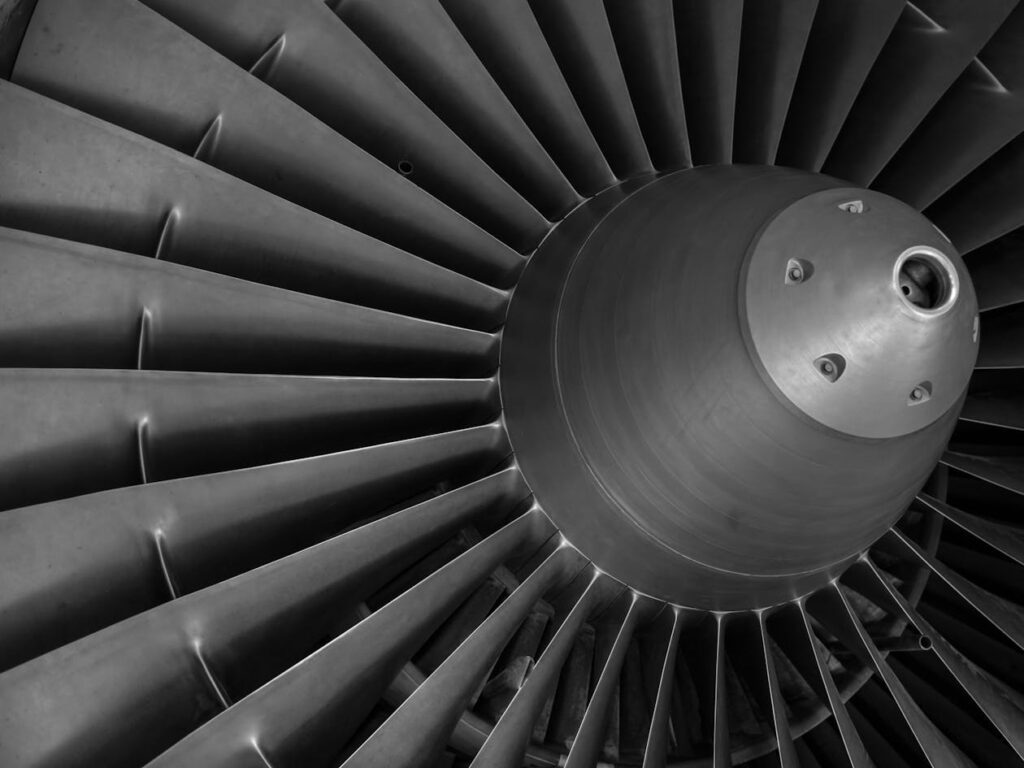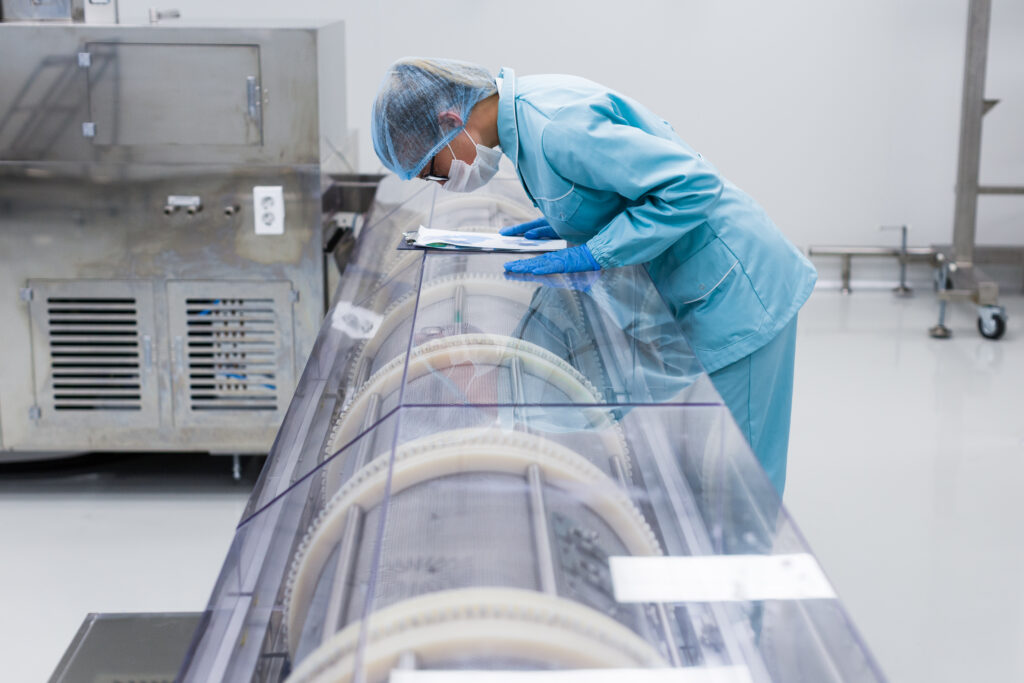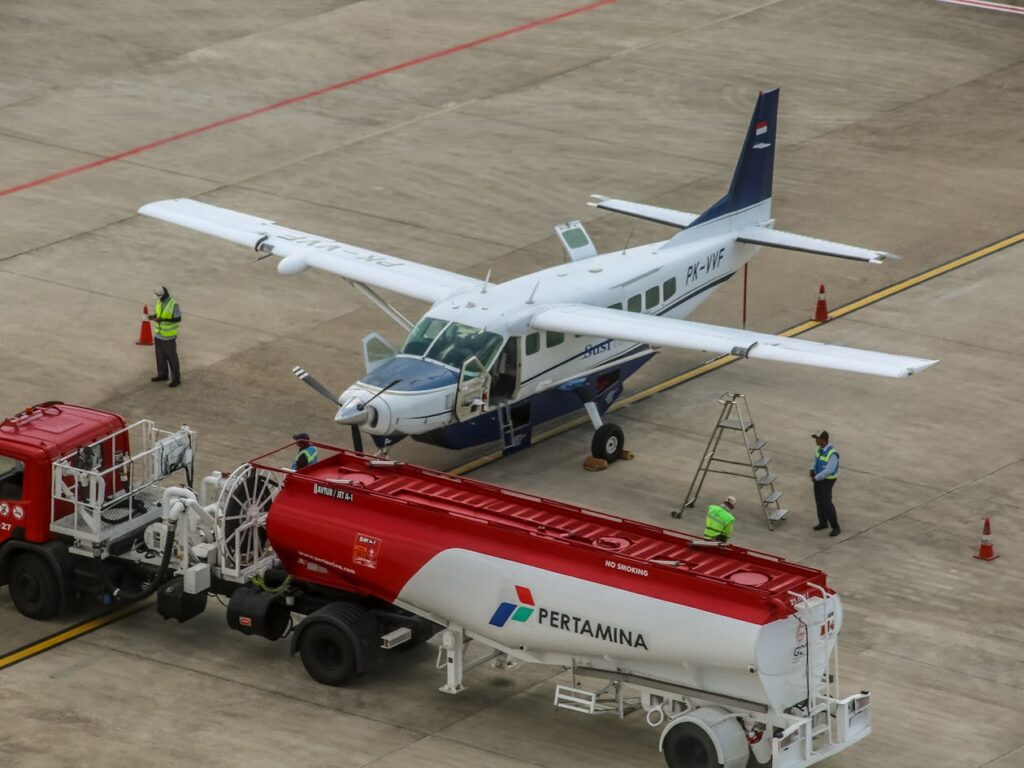Chinese Scientists Built A Jet Engine That Runs On Air And Electricity Alone

Every second, somewhere on Earth, a jet engine roars to life and pumps exhaust into the atmosphere. Aviation devours fossil fuel at a staggering rate, leaving a trail of carbon emissions that stretches across continents. Air travel accounts for a massive chunk of global greenhouse gases, and that number keeps climbing as more people take to the skies.
We’ve tried to solve aviation’s carbon problem before. Electric batteries proved too heavy for anything beyond short hops. Hydrogen fuel cells demanded expensive infrastructure and raised safety concerns that made airlines nervous. Solar panels couldn’t generate enough power to lift commercial aircraft off the ground.
Now, scientists in China have built something different. Something that runs on air and electricity alone. Something that produces zero emissions and needs no fuel tanks. What they’ve created sounds more like science fiction than engineering reality, yet it works.
Air and Electricity Become Jet Fuel in Wuhan Lab
Professor Jau Tang and his research team at Wuhan University built a jet engine that breaks every rule we thought applied to aviation propulsion. Instead of burning kerosene, the engine uses microwaves to transform ordinary atmospheric air into plasma, a superheated ionized gas that generates thrust powerful enough to lift objects and potentially propel aircraft.
“Our work aims to solve global warming problems by replacing fossil fuel combustion engines,” Tang explains. His team didn’t just tweak existing technology or make incremental improvements to conventional engines. They threw out the combustion model entirely and started from scratch with plasma physics.
What makes Tang’s achievement remarkable isn’t just the science behind it. Researchers have studied plasma propulsion for decades, mostly for spacecraft. NASA uses xenon-based plasma thrusters on satellites and deep space probes. But those systems only work in the vacuum of space where there’s no air resistance and very little thrust is needed. Tang figured out how to make plasma propulsion work inside Earth’s atmosphere, where air density and gravity present completely different challenges.
Microwaves Strip Air Molecules to Create Plasma Power

Walk into the Wuhan University lab where Tang built his prototype and you’ll see equipment that looks deceptively simple. A turbine compressor draws in atmospheric air and squeezes it to high pressure. Compressed air flows into a quartz tube fitted with a microwave ionization chamber. Microwaves operating at 2.45 GHz blast into the chamber, the same frequency your kitchen microwave uses to heat food.
But instead of warming up leftovers, these microwaves strip electrons away from air molecules. When electrons separate from atoms, matter enters its fourth state: plasma. Solids, liquids, and gases are the three states we encounter daily. Plasma exists naturally in lightning bolts, stars, and the sun’s corona. Scientists can also create it artificially when they pump enough energy into gas.
Inside Tang’s engine, microwaves excite air molecules until electrons break free. Temperatures soar past several thousand degrees Celsius. Plasma behaves like a high energy fluid that expands fast as it exits the ionization chamber. That rapid expansion generates thrust, the force that pushes aircraft forward through the sky.
No combustion happens. No fuel burns. No smoke appears. No chemical byproducts get released into the atmosphere.
A Steel Ball Lifts Off Without Burning Anything
Tang’s team placed a one kilogram steel ball on top of their prototype engine during early tests. When they fired up the microwave power supply and let plasma form inside the quartz tube, the steel ball lifted vertically into the air and hovered above the engine.
One kilogram might not sound impressive until you consider what it represents. Tang’s small prototype achieved jet pressure levels around 24,000 newtons per square meter using just 400 watts of power. Small commercial jet engines produce similar pressure ratios. Scale up the power input and add multiple plasma jet modules working together, and you could theoretically generate enough thrust to lift an aircraft.
Aviation engineers who’ve reviewed Tang’s work see potential in these numbers. If the prototype can lift a steel ball with such modest power consumption, larger versions might produce enough thrust for drones, cargo planes, and eventually passenger aircraft.
Why NASA’s Space Thrusters Can’t Do What Tang’s Engine Does

NASA’s Dawn spacecraft used xenon ion thrusters to travel between asteroids. Engineers love these thrusters for deep space missions because they’re efficient and can run for years. But xenon thrusters produce incredibly low thrust, measured in millinewtons. You could hold a xenon thruster in your hand and barely feel the push.
Space offers a vacuum environment with no air resistance and minimal gravity. Spacecraft can accelerate slowly over months or years using low thrust engines. But aircraft need immediate, powerful thrust to overcome gravity and air resistance during takeoff and flight. Xenon thrusters simply can’t produce enough force to work in Earth’s atmosphere.
Tang solved the atmospheric challenge by using air itself as the propulsion medium. Instead of carrying xenon gas in tanks, his engine draws in atmospheric air continuously. Microwave energy ionizes that air to create plasma thrust. Because the engine uses ambient air, it doesn’t need to carry propellant tanks. Weight drops dramatically compared to traditional designs.
No Hydrogen Tanks and No Battery Weight to Drag You Down

Aviation companies have poured billions into hydrogen fuel cells as a clean alternative to jet fuel. Hydrogen produces only water vapor when it burns, making it attractive from an emissions standpoint. But hydrogen creates massive infrastructure problems.
Storing liquid hydrogen requires cryogenic tanks that keep temperatures around negative 253 degrees Celsius. Building refueling infrastructure costs billions. Safety concerns arise because hydrogen is highly flammable and can leak through tiny gaps in containment systems. Airlines haven’t rushed to adopt hydrogen technology despite years of development.
Battery electric aircraft face different limitations. Batteries are heavy, and their energy density remains far below what jet fuel offers. A Boeing 747 needs about 150,000 kilograms of fuel for long haul flights. Replacing that fuel with batteries would require adding so much weight that the plane couldn’t carry passengers or cargo.
Tang’s plasma engine sidesteps both problems. It doesn’t store hydrogen in cryogenic tanks. It doesn’t carry massive battery packs to provide flight energy. Instead, it converts electrical energy directly into thrust using atmospheric air as the working fluid. Power could come from renewable sources like solar or wind energy, making the entire system potentially carbon neutral.
Aviation’s Carbon Problem Needs More Than Good Intentions
Transportation produces nearly 29 percent of greenhouse gas emissions, and aviation represents a growing share of that total. As middle class populations expand globally, more people travel by air. Flight volumes increase year after year, pushing emissions higher.
Airlines have tried incremental solutions. Newer aircraft burn slightly less fuel per passenger mile. Biofuels reduce carbon output marginally. Flight path optimization saves a few percentage points. But none of these tweaks solve the fundamental problem that jet engines burn fossil fuel and produce carbon dioxide.
Zero emission aviation isn’t a luxury or a nice to have feature. Countries committed to net zero carbon targets by 2050 need breakthrough technologies that eliminate emissions entirely, not just reduce them. Tang’s plasma engine offers a path toward that goal.
Heat Management Becomes the Real Engineering Battle

Creating plasma inside an engine chamber produces extreme temperatures that would melt most conventional materials. Quartz can withstand high heat, which is why Tang used quartz tubes in his prototype. But commercial aircraft engines need materials that can handle thousands of hours of operation without degrading.
“We still need to improve the engine’s efficiency and address the impact of high temperatures on the equipment,” Tang noted. “Managing the heat and ensuring durability under continuous operation are our next big challenges.”
Aerospace engineers face similar thermal challenges in hypersonic flight and rocket propulsion. Solutions exist, but they add weight and complexity. Advanced ceramic composites, active cooling systems, and heat shielding all work, but each adds mass that reduces aircraft performance.
Tang’s team is investigating new materials and cooling approaches to handle the thermal load. Solving thermal management will determine whether plasma engines remain laboratory curiosities or become practical propulsion systems.
Megawatt Power Demands Push Battery Tech to Its Limits
Tang’s 400 watt prototype works fine for lifting steel balls in a lab. Powering a commercial aircraft requires megawatts of continuous electrical energy. Current battery technology can’t deliver that much power for the hours needed during transcontinental flights without adding prohibitive weight.
Aircraft designers obsess over weight because every kilogram affects fuel consumption, range, and payload capacity. Adding heavy batteries to power plasma engines could negate the benefits of eliminating fuel tanks. Engineers need batteries with much higher energy density than what lithium ion technology provides today.
Multiple plasma jet modules working in parallel could distribute the power load and increase total thrust output. But even distributed systems need massive amounts of electrical energy. Unless battery technology makes major leaps forward, plasma engines will remain limited to smaller applications where flight times are shorter and power requirements are manageable.
Drones and Cargo Planes Could Fly Plasma in Five Years

Tang sees a realistic path to commercial applications for smaller aircraft within five years. Heavy duty drones and pilotless cargo planes make perfect test platforms for plasma propulsion. Drones don’t carry passengers, reducing safety concerns during experimental phases. Cargo operations can tolerate shorter ranges while the technology matures.
Logistics companies want greener delivery solutions. Urban air mobility concepts envision drones and small aircraft moving packages between distribution centers. Plasma engines could power these vehicles without producing local air pollution or carbon emissions.
Proving the technology on smaller aircraft builds confidence and generates real world performance data. Engineers can identify problems, refine designs, and improve reliability before scaling up to passenger aircraft. Military applications might also drive development, as defense departments invest heavily in unmanned aerial vehicles.
Jumbo Jets Need Another Decade Before Plasma Takes Off
“For a large jumbo jet, development could take another decade,” Tang estimated. Commercial passenger aviation demands extraordinarily high safety standards and reliability. Airlines can’t afford engine failures or performance problems that strand passengers.
Scaling plasma propulsion to Boeing 747 or Airbus A380 sizes requires solving multiple engineering challenges at once. Power generation, thermal management, thrust control, and system redundancy all need solutions. Integrating plasma engines into existing aircraft designs or developing new airframes optimized for plasma propulsion takes years of testing and certification.
Regulatory approval adds more time. Aviation authorities won’t certify radical new propulsion technology without exhaustive testing and documentation. Even after plasma engines prove reliable, airlines need time to train mechanics, build maintenance infrastructure, and phase out existing fleets.
A decade sounds like a long wait, but it’s actually fast for aerospace development. Commercial aviation moves slowly and deliberately because lives depend on every component working correctly.
When Planes Stop Burning Fuel, Everything Changes

Imagine airports without the smell of jet fuel. Picture aircraft that produce no exhaust trails in the sky. Envision airlines that don’t worry about oil prices or fuel supply disruptions.
Fuel free aviation would shift geopolitical power away from oil producing nations. Airlines could operate independent of petroleum markets and their price volatility. Countries without domestic oil reserves could develop aviation industries without importing fuel.
Environmental benefits extend beyond carbon reduction. Combustion engines produce nitrogen oxides, particulate matter, and other pollutants that affect air quality around airports. Plasma engines would eliminate these local emissions, improving public health in communities near busy airports.
Tang’s work lays the foundation for these changes. Whether plasma engines become the dominant technology or inspire other innovations, the breakthrough proves that alternatives to combustion exist and can work.
From Lab Prototype to Sky Revolution Takes Grit and Time

Tang and his team at Wuhan University have achieved something remarkable. They’ve demonstrated that plasma propulsion can work in Earth’s atmosphere, not just in space. They’ve shown that thrust can come from air and electricity without burning fuel. They’ve proven a concept that many experts thought impossible.
But proving a concept in a lab and deploying it commercially are vastly different challenges. Engineering hurdles remain. Economic questions need answers. Infrastructure must be built. Yet every revolution in technology started with a prototype that seemed impractical at first.
Aviation changed the world once when the Wright brothers flew at Kitty Hawk. Jet engines changed it again when they made intercontinental travel routine. Plasma propulsion could be the next transformation, the one that finally frees aviation from its dependence on fossil fuel and its contribution to climate change.
Whether you’ll fly on a plasma powered plane in five years or twenty, Tang’s breakthrough matters. It opens doors we didn’t know existed and points toward a future where air travel doesn’t cost the Earth.
Loading...

